-

下载亿题库APP
-
联系电话:400-660-1360

下载亿题库APP
联系电话:400-660-1360

请谨慎保管和记忆你的密码,以免泄露和丢失

请谨慎保管和记忆你的密码,以免泄露和丢失
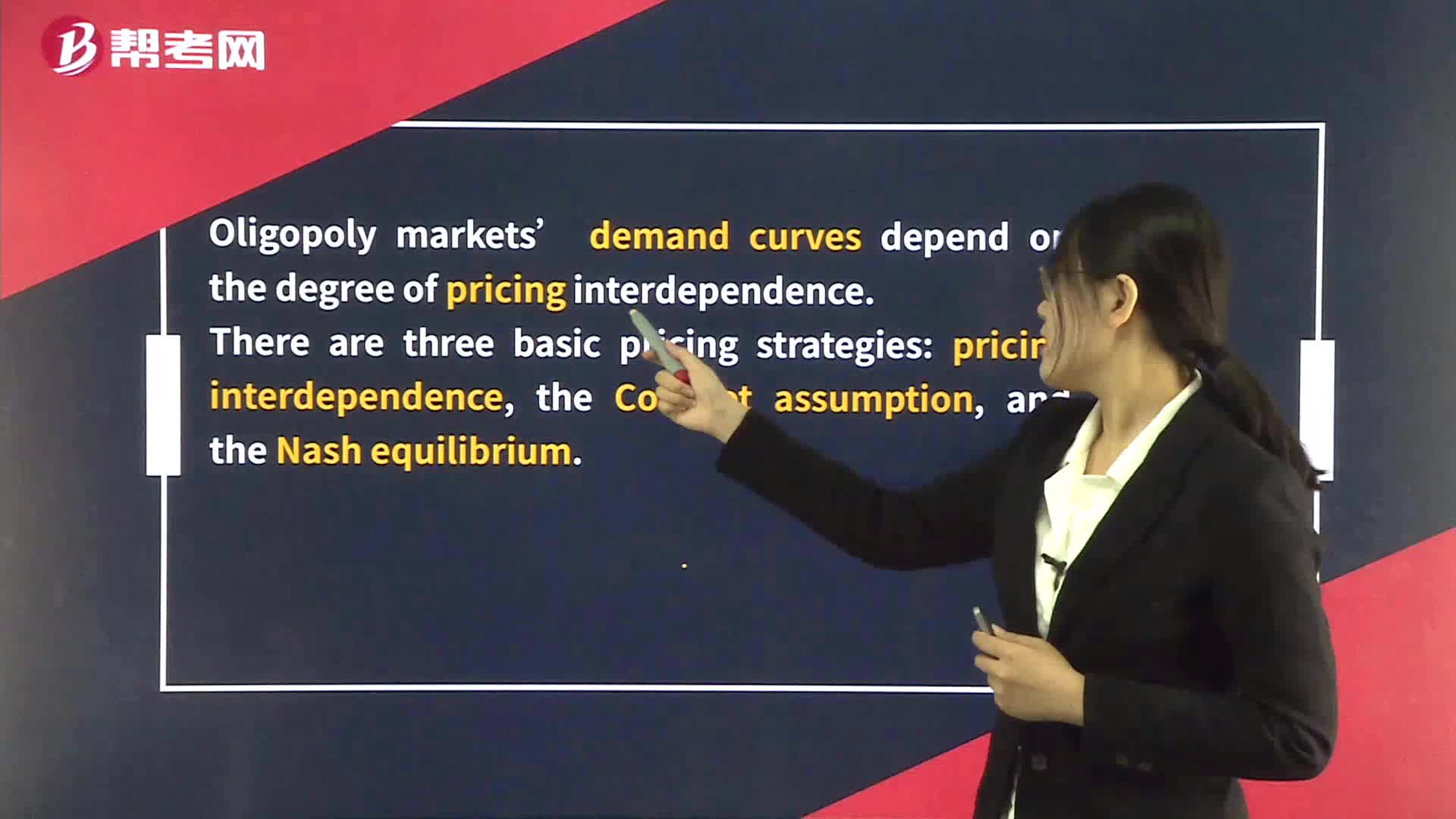
Pricing strategies in Oligopoly
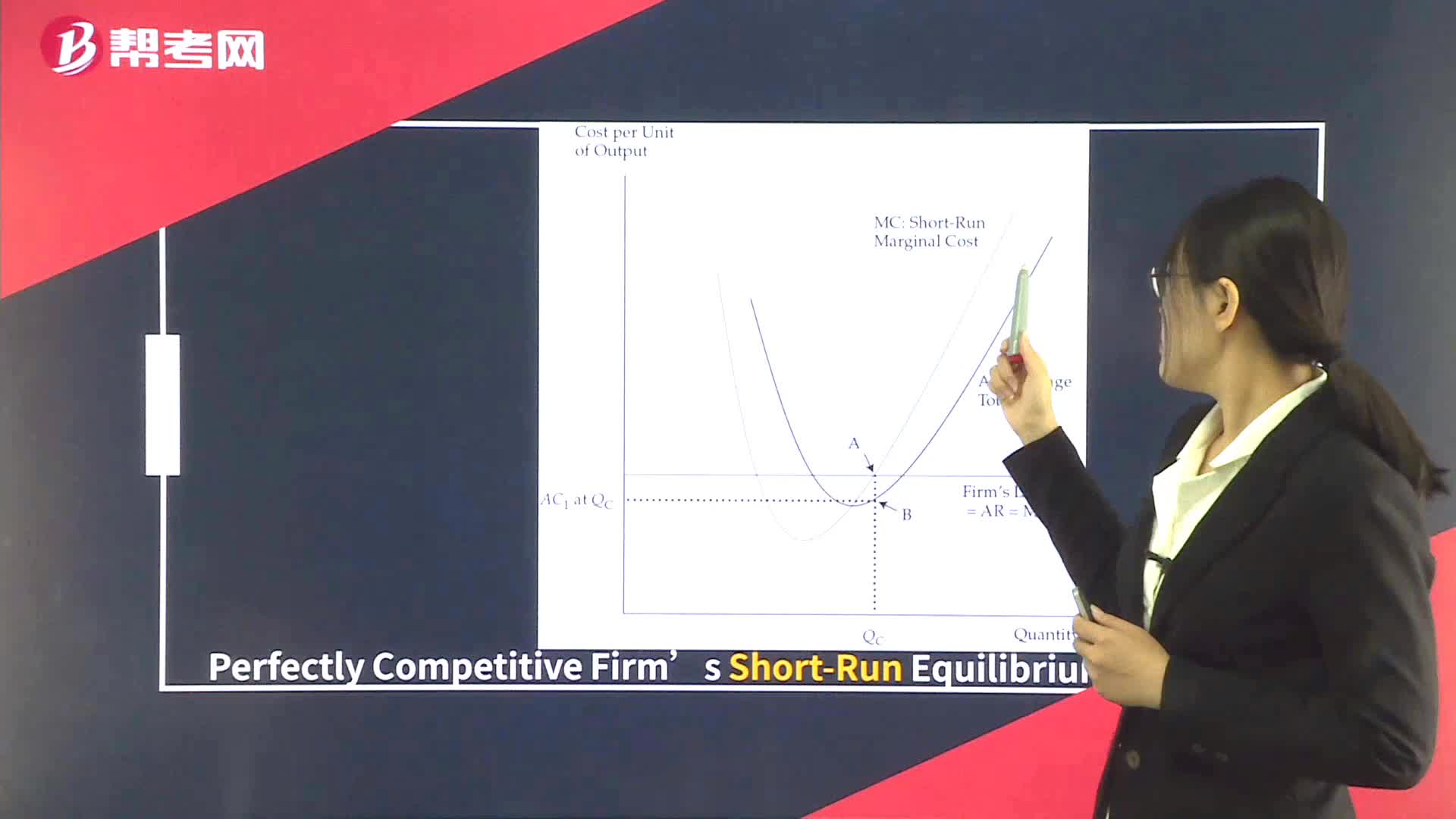
Optimal Price and Output in Perfect Competition
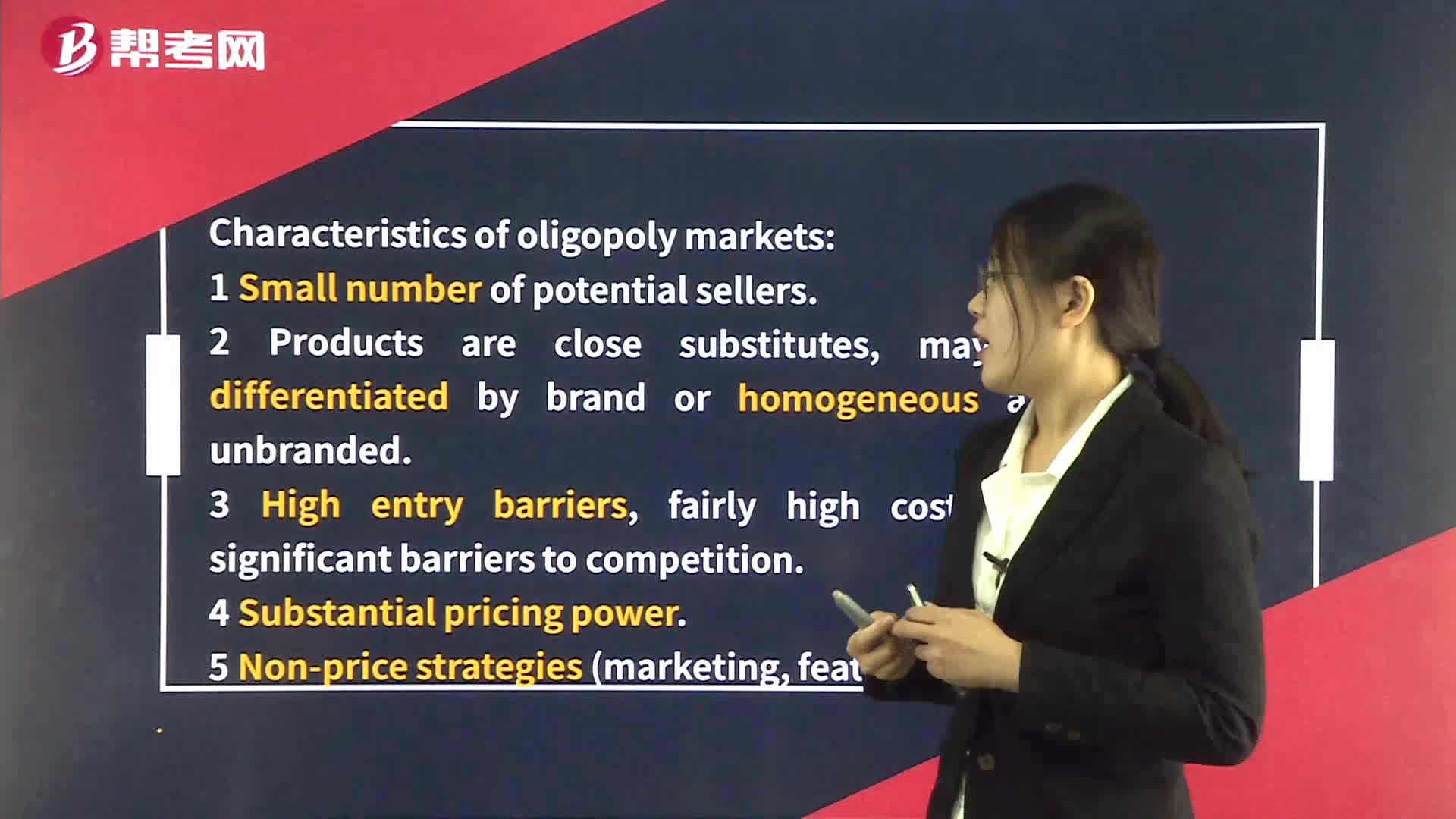
Oligopoly
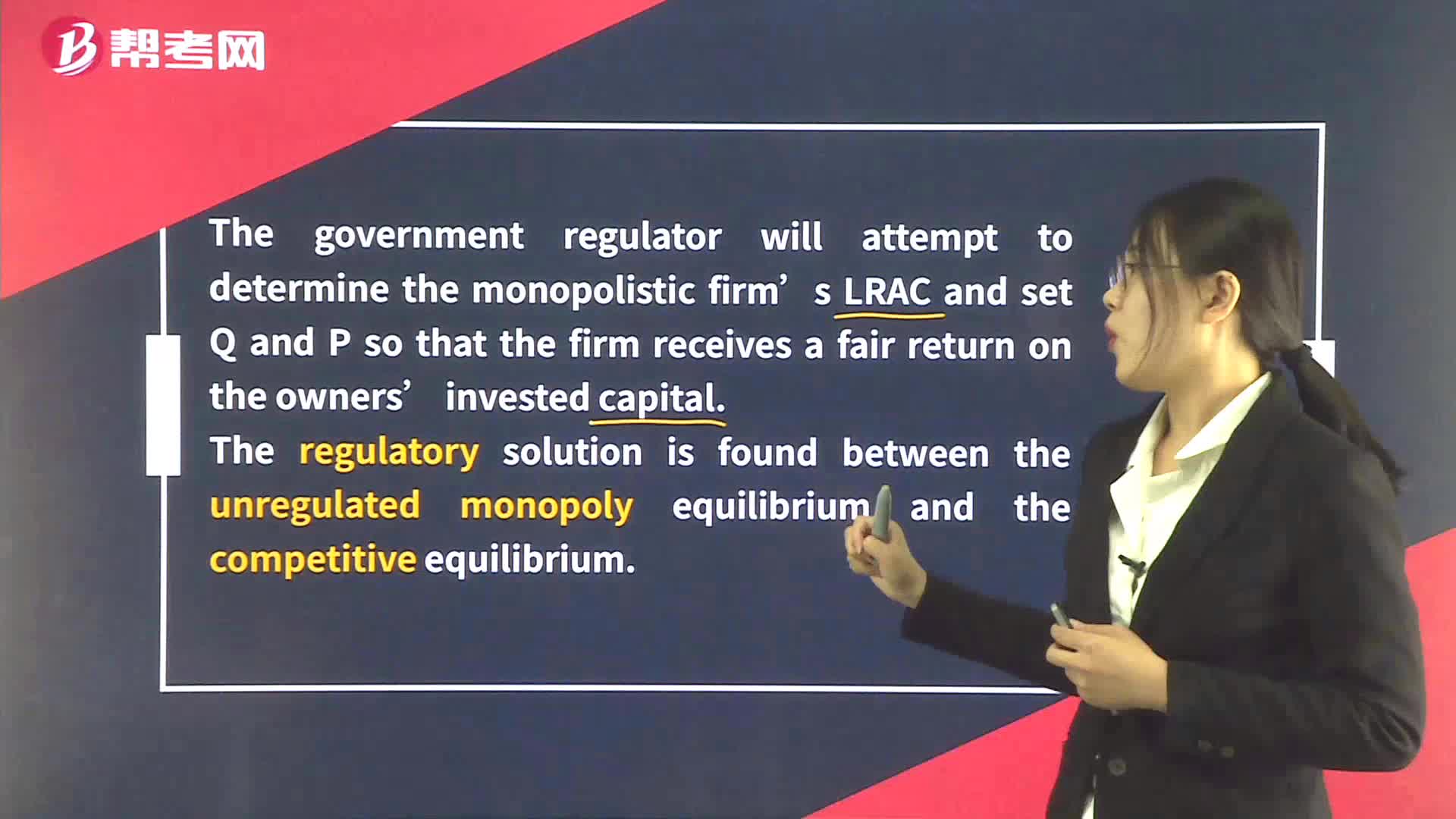
Natural Monopoly in a Regulated Pricing Environment
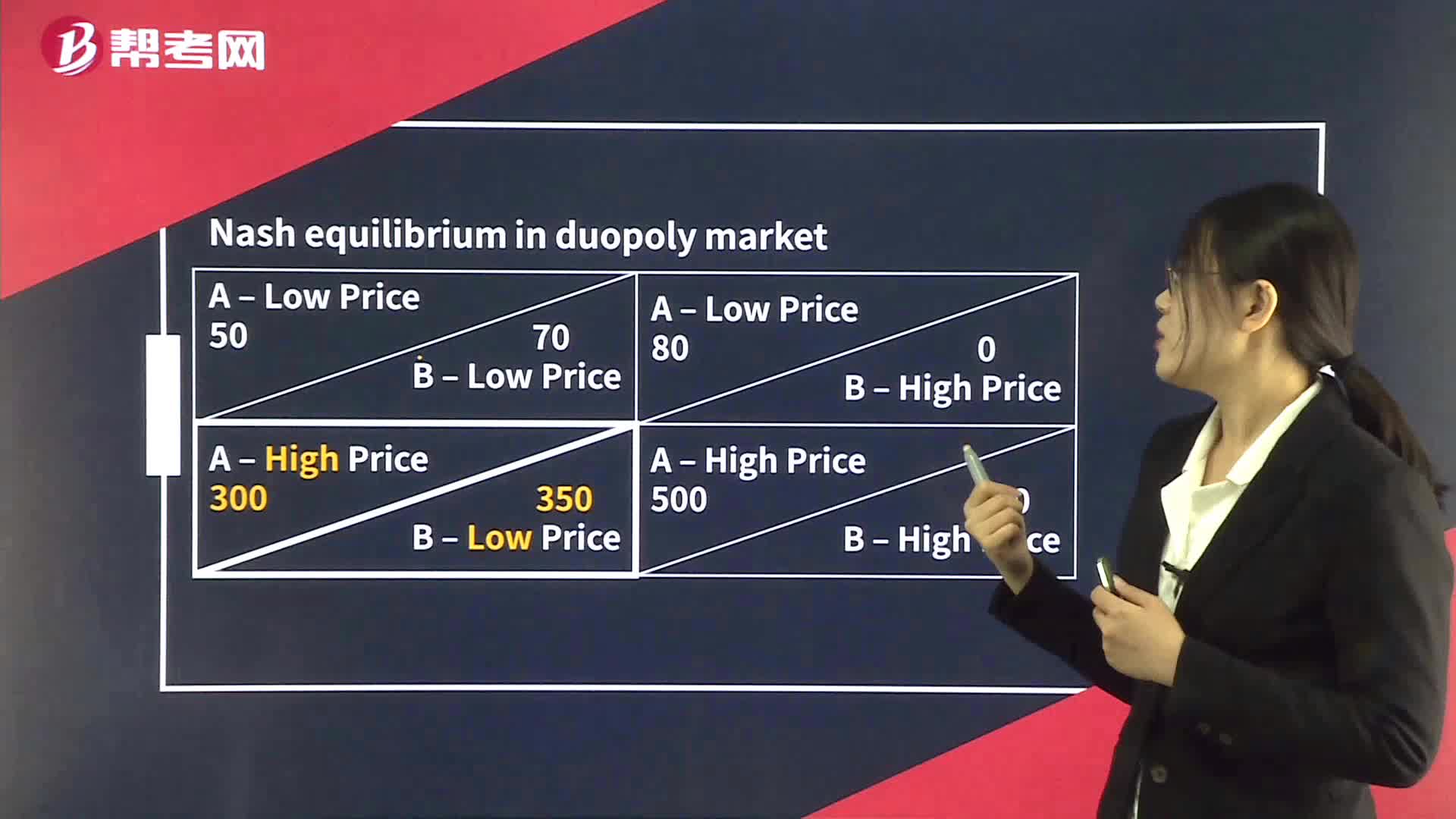
Nash Equilibrium in Oligopoly Market
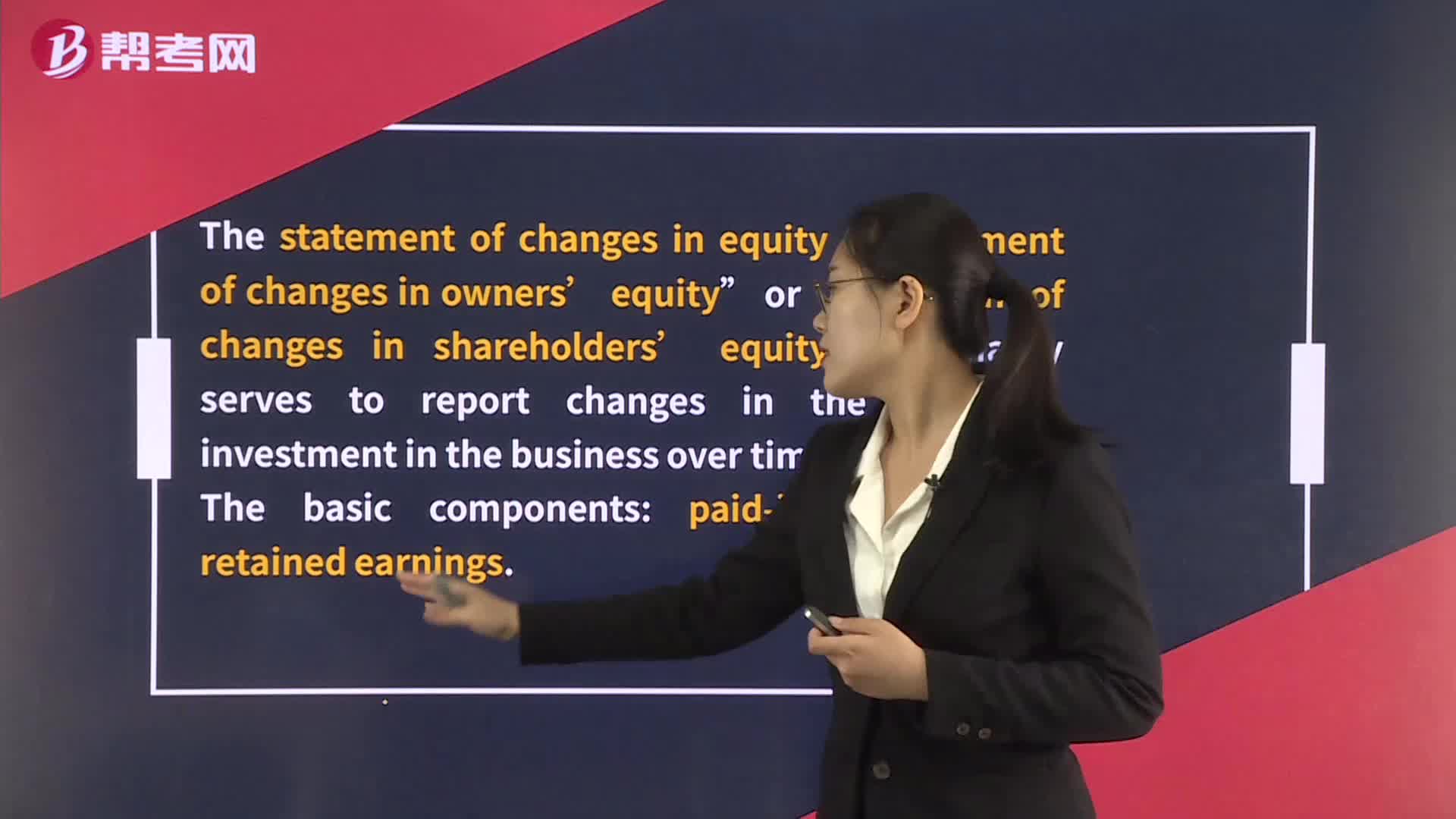
Statement of Changes in Equity

Long-Run Equilibrium in Perfectly Competitive Markets

Shifts in the AD and AS curves and Equilibriums
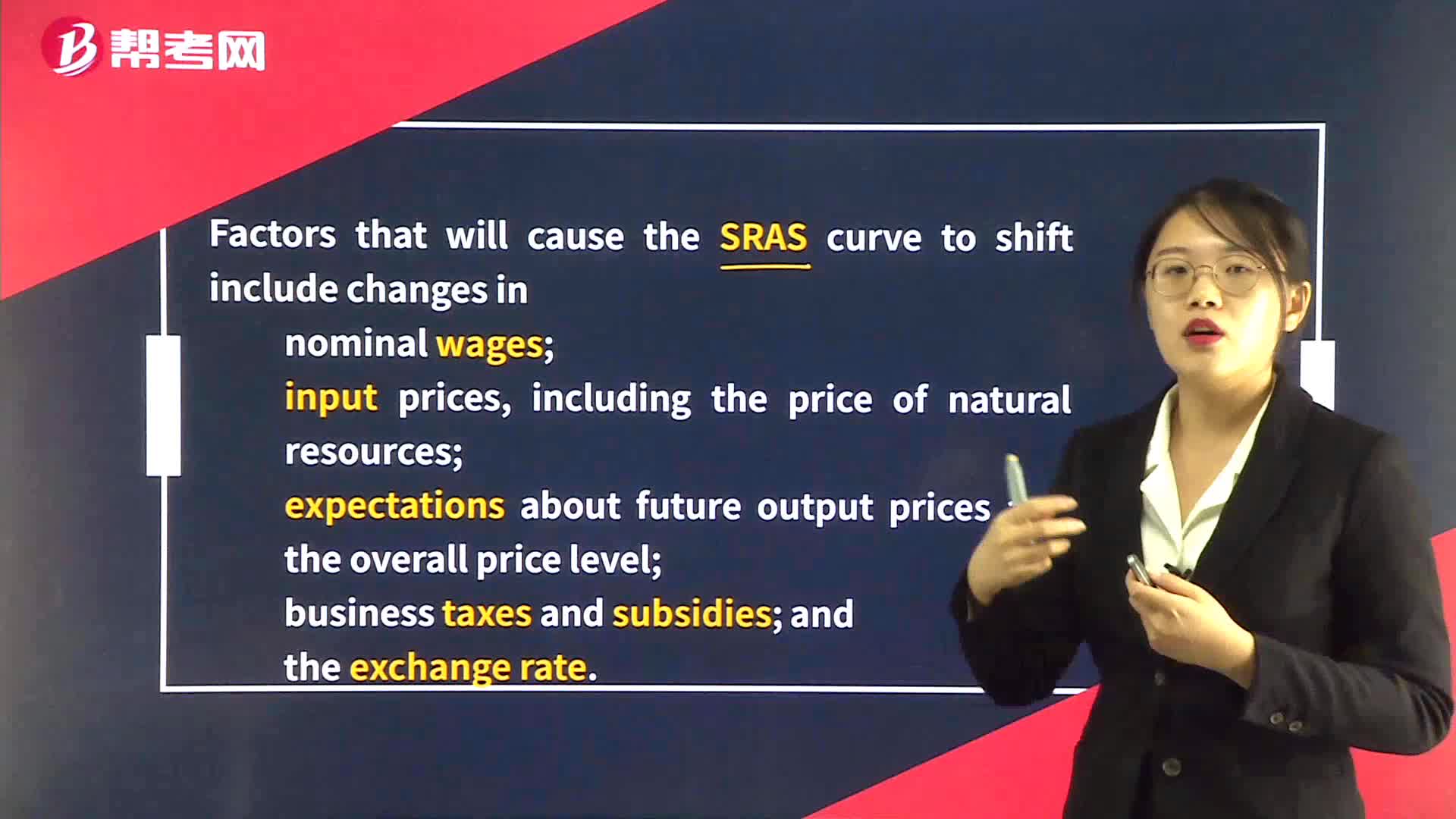
Shifts in Aggregate Supply
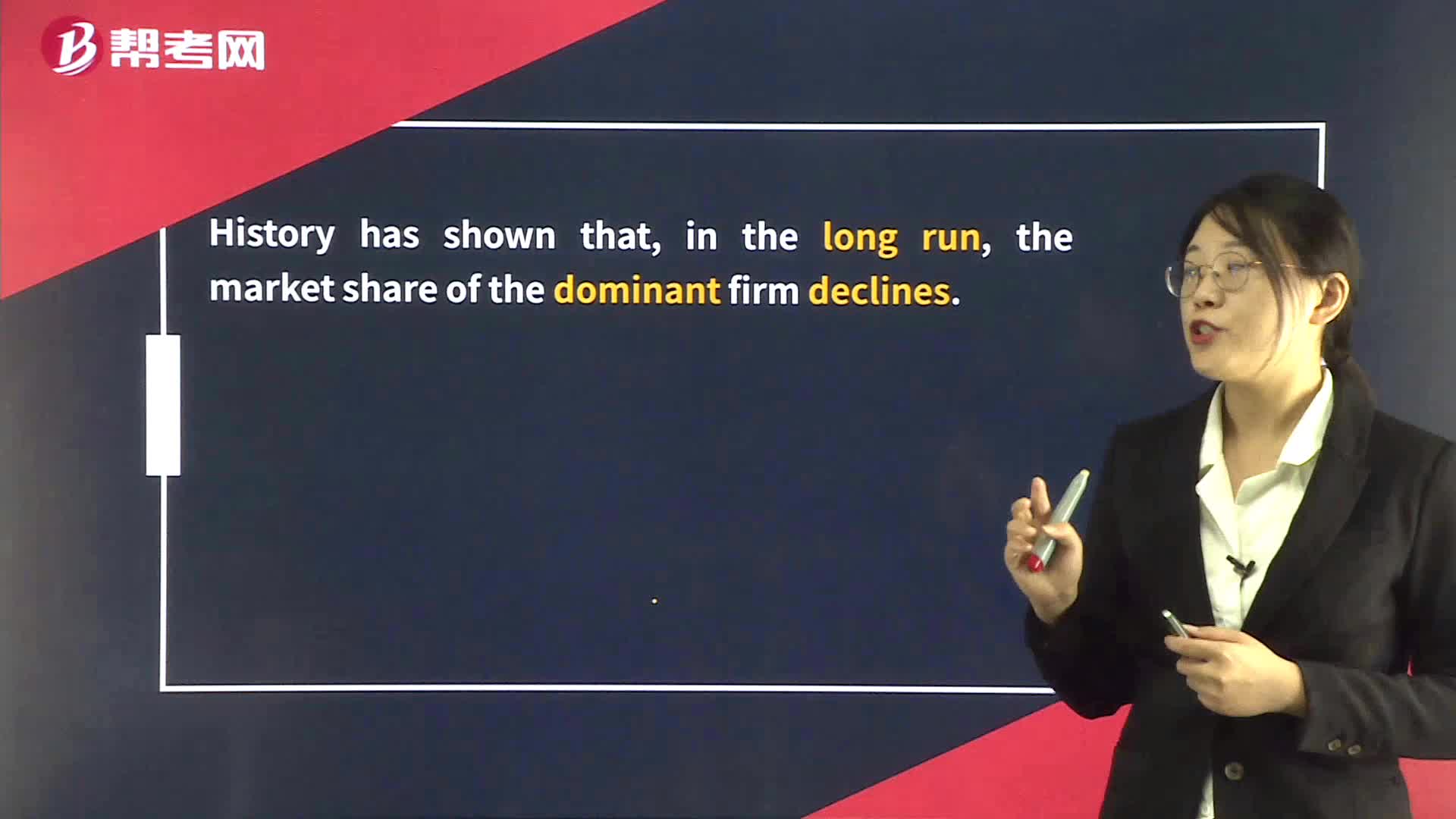
Long-Run Equilibrium in Oligopoly Market

Long-Run Equilibrium in Monopolistic Competition
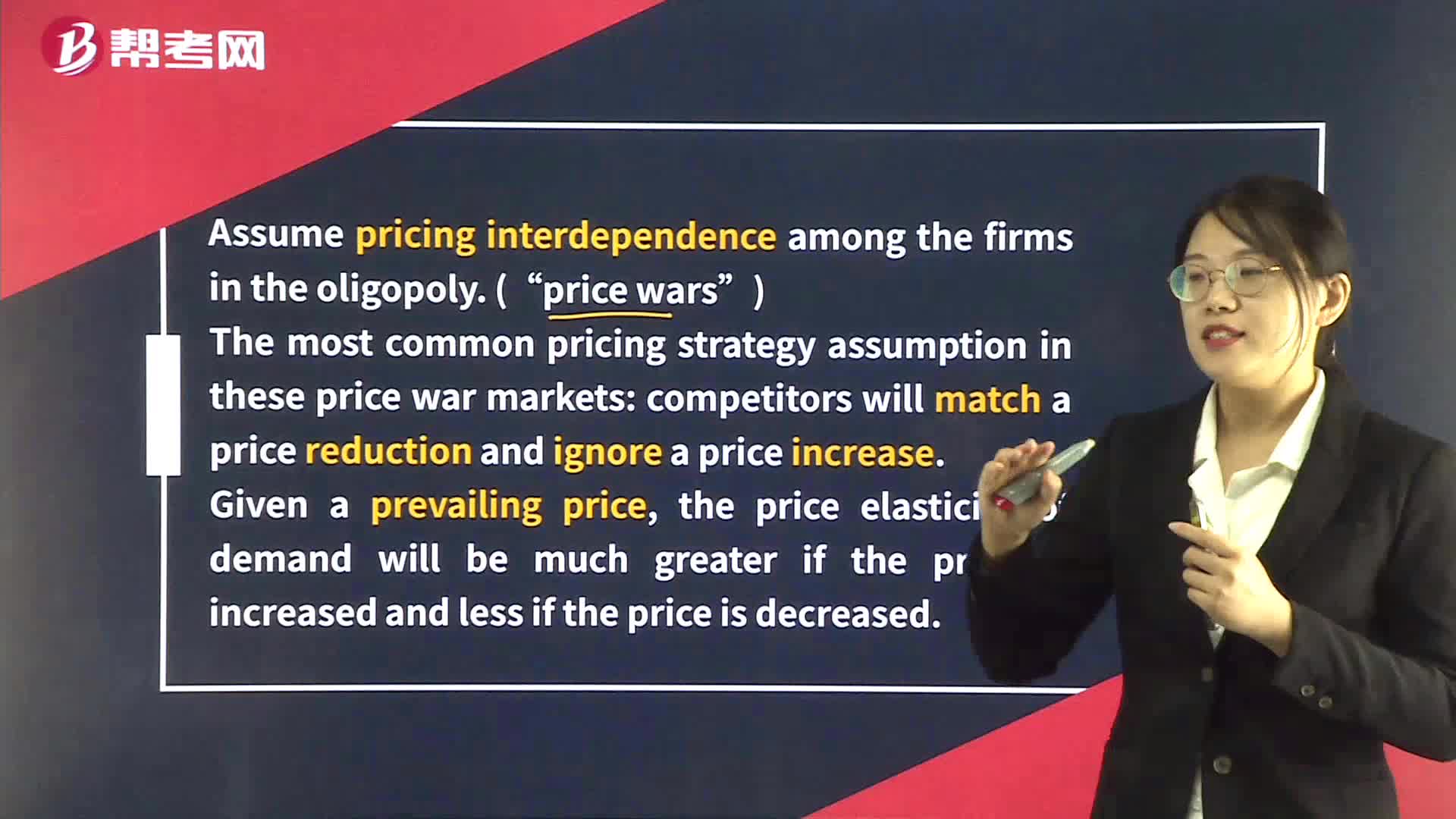
Kinked Demand Curve in Oligopoly Market
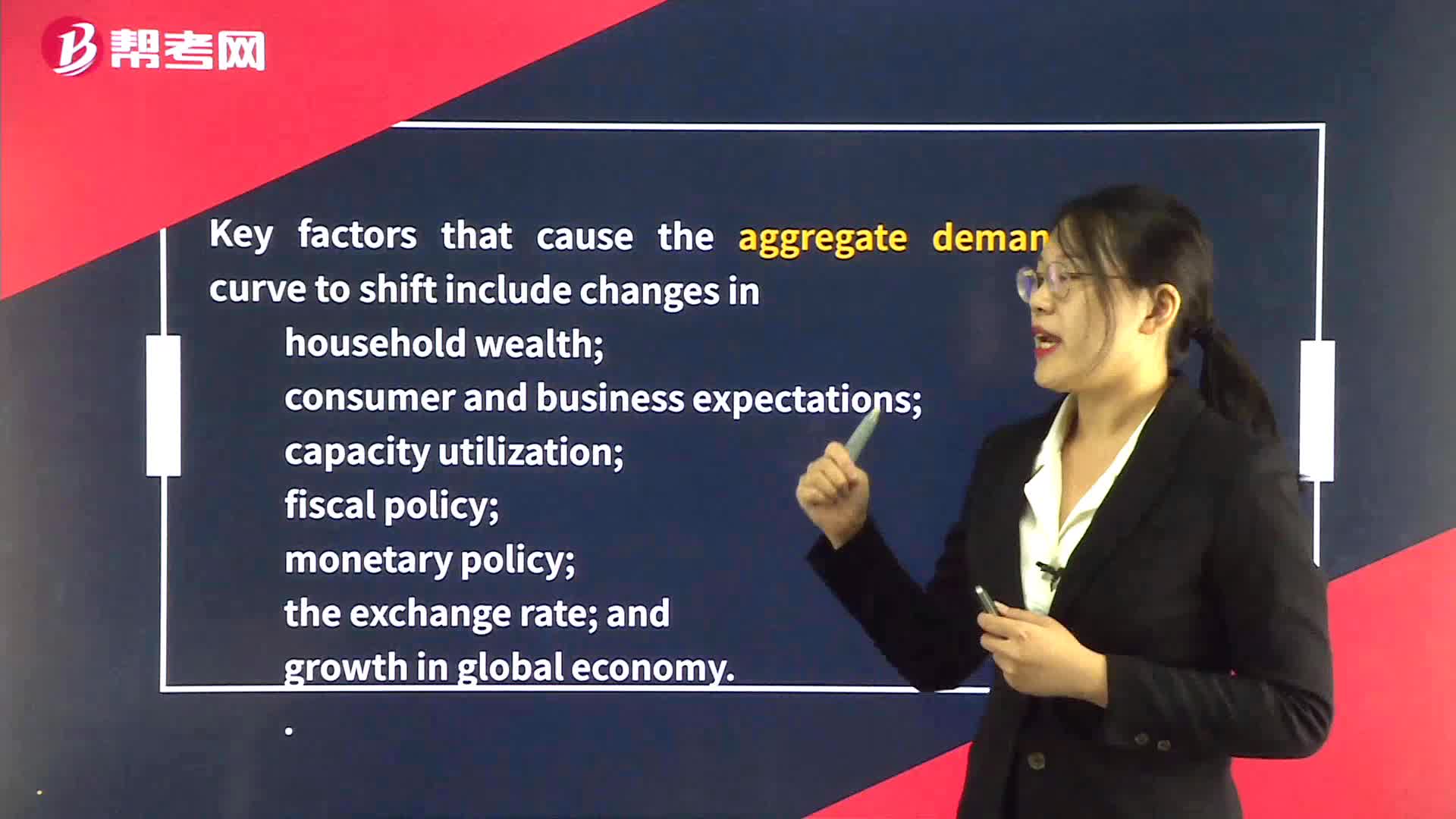 05:15
05:15
Shifts in Aggregate Demand:fiscal policy;growth in global economy.
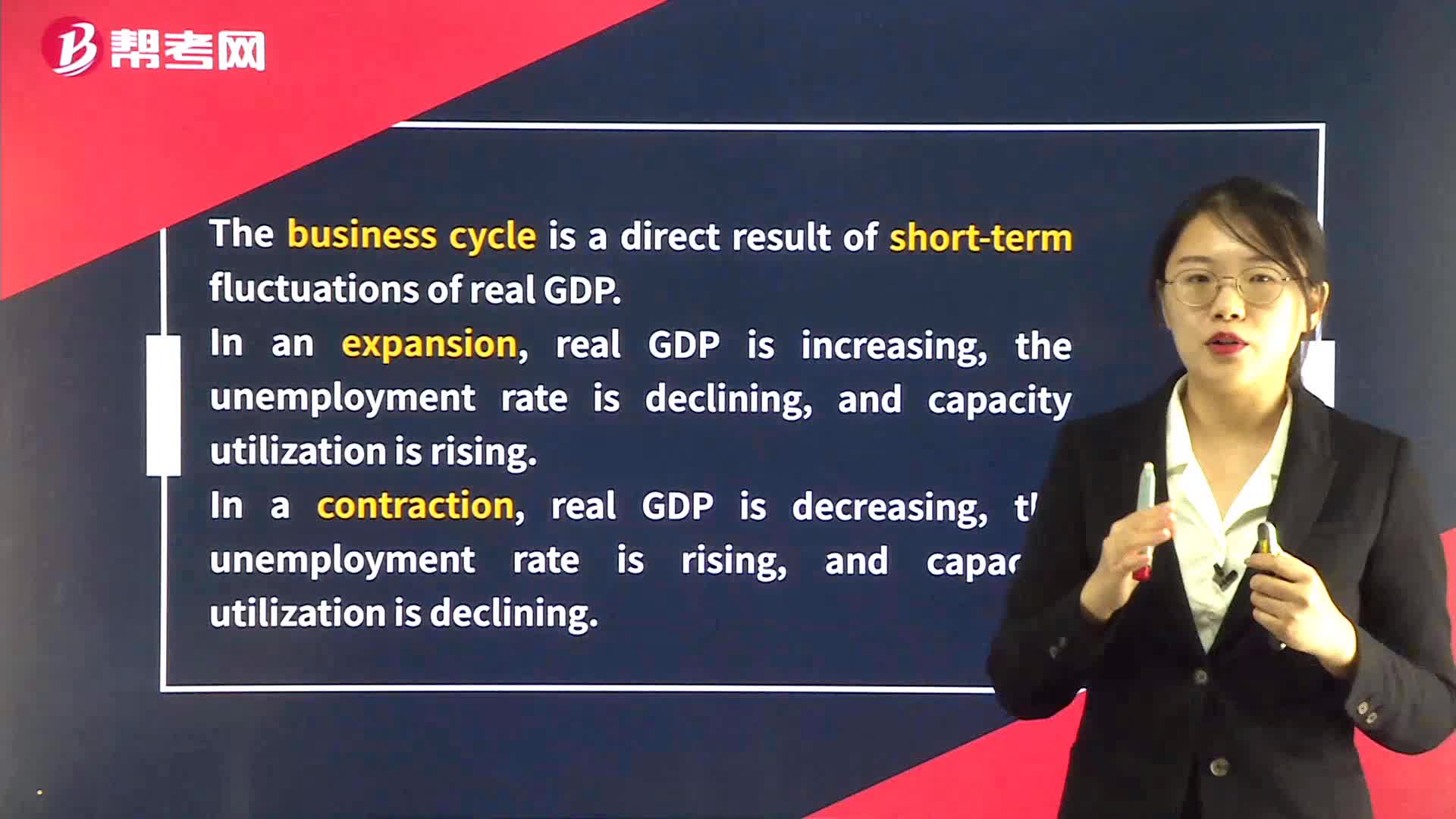 01:13
01:13
Shifts in Aggregate Demand and Supply:economy associated with the business cycle.
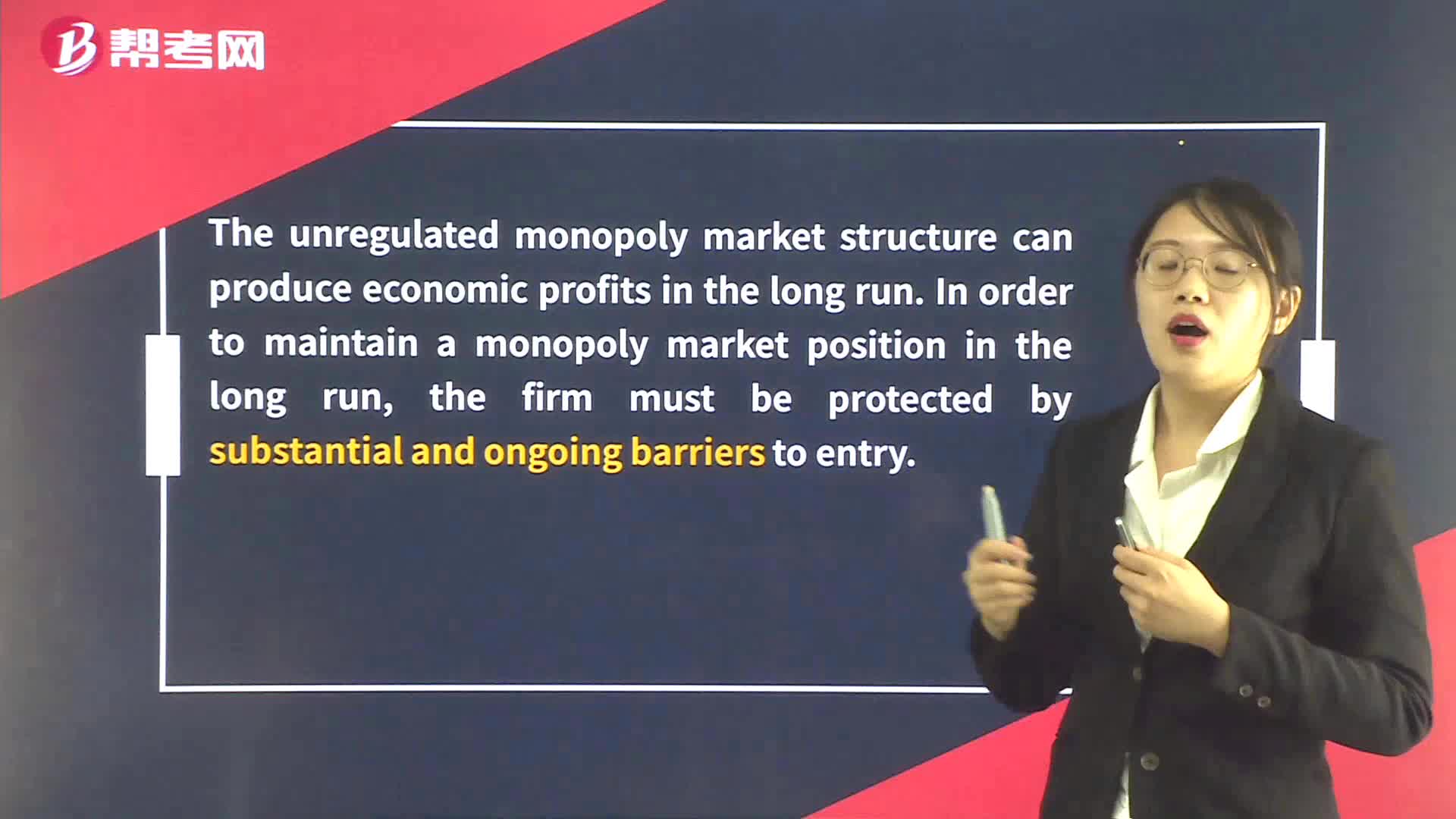 02:59
02:59
Factors Affecting Long-Run Equilibrium in Monopoly Markets:AffectingLong-Run Equilibrium inMonopoly Markets,protected bysubstantial and ongoing barriersto entry.:2NationalP = LRAC
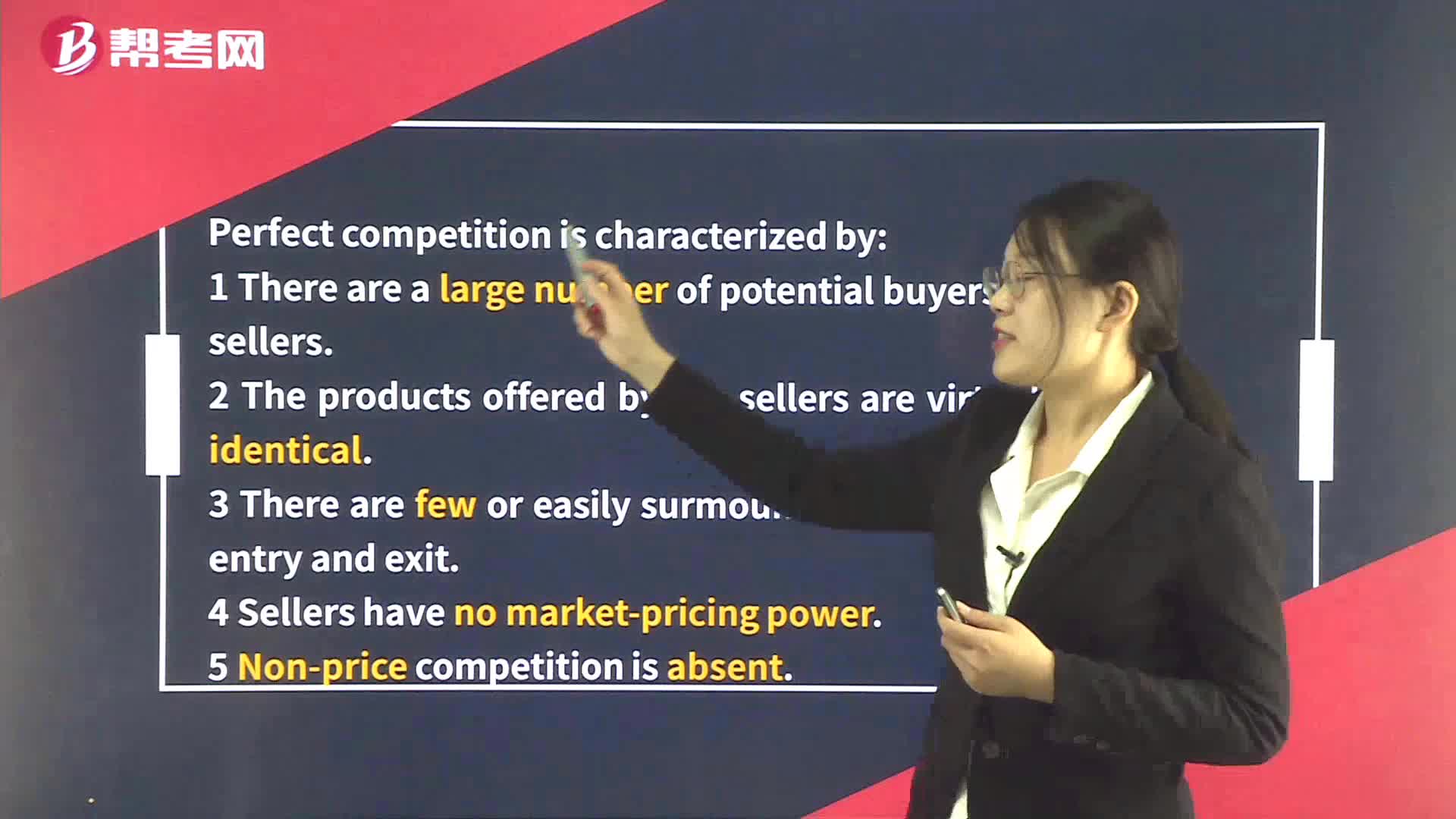 06:46
06:46
Demand Analysis in Perfect Competition:Demand Analysis:market-pricing power.demandCross-pricethe two products arecompliments.
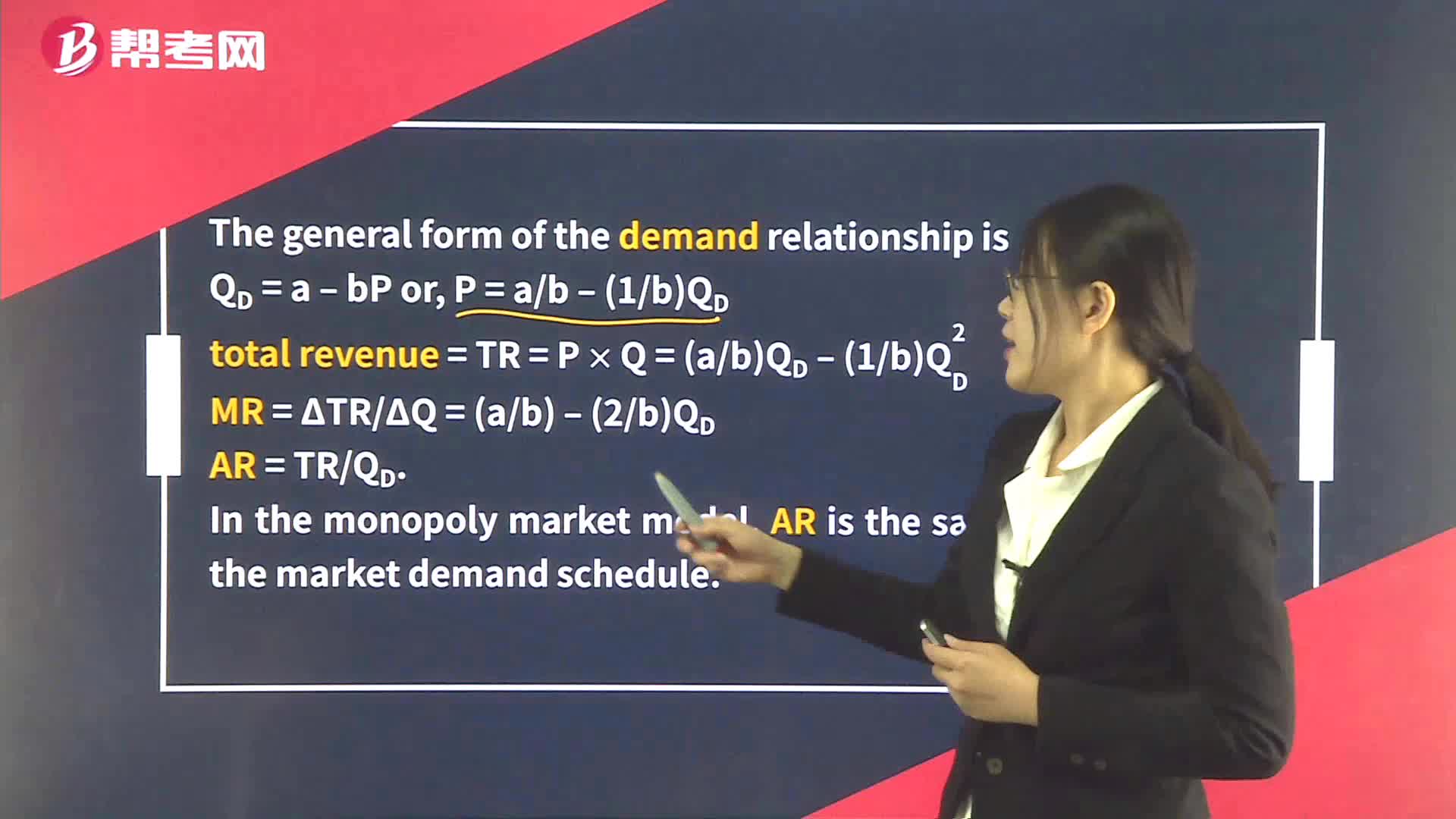 02:02
02:02
Demand Analysis in Monopoly:ARis the same as the market demand schedule.
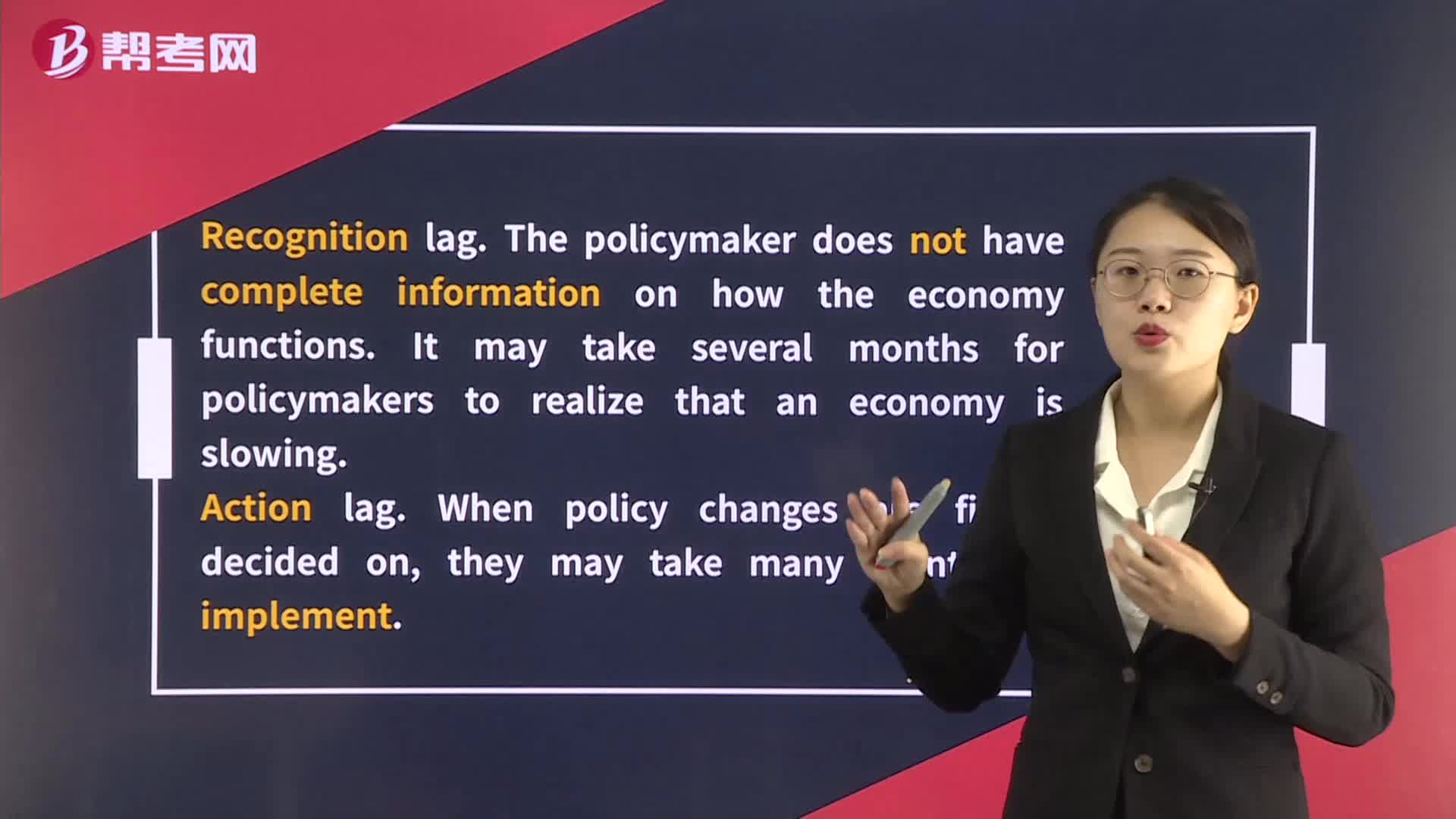 04:59
04:59
Difficulties in Executing Fiscal Policy:requiredThe issue of crowding out may occur.
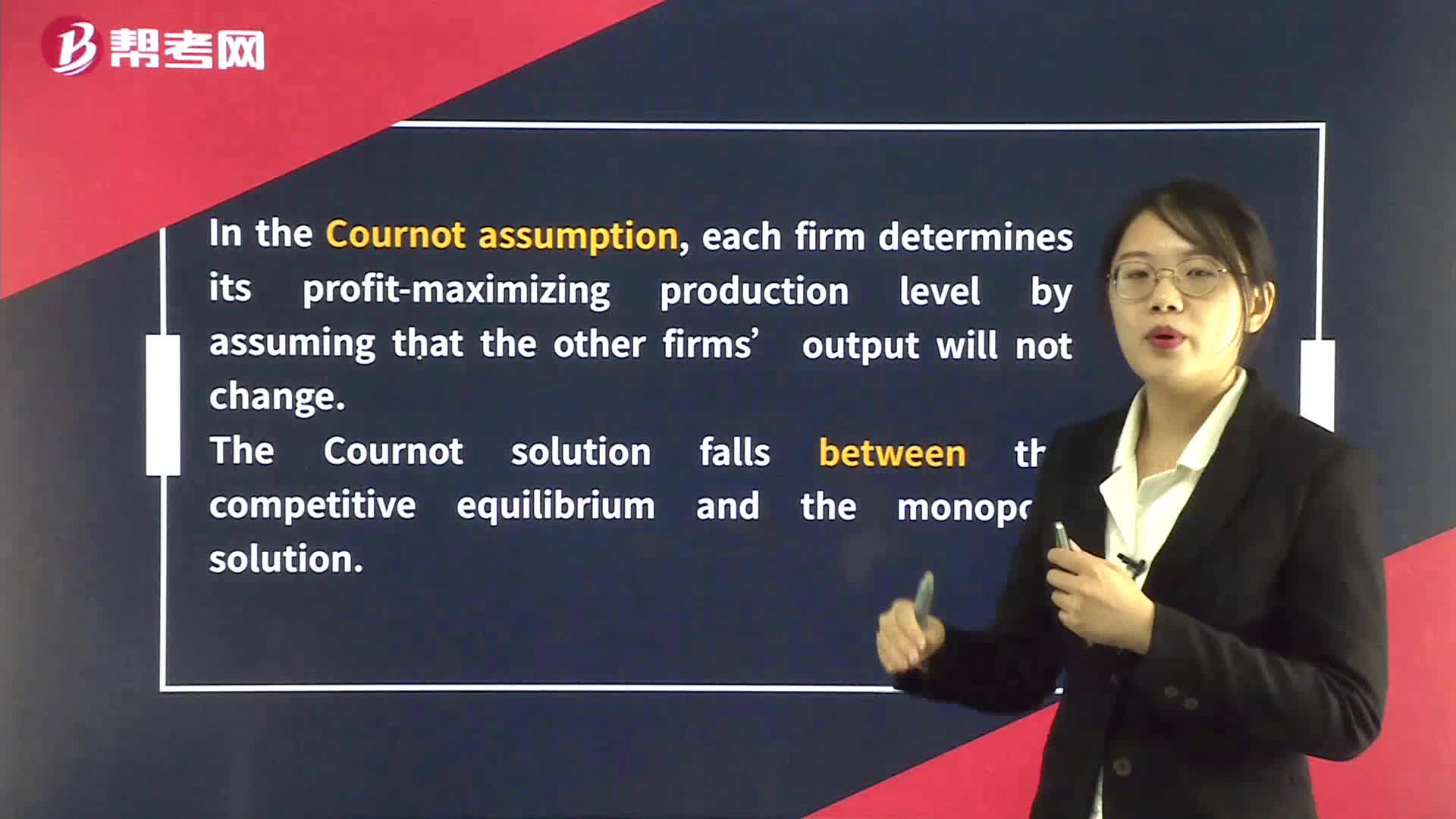 00:57
00:57
Cournot Assumption in Oligopoly Market:The Cournot solution falls betweenthe competitive equilibrium and the monopoly solution.
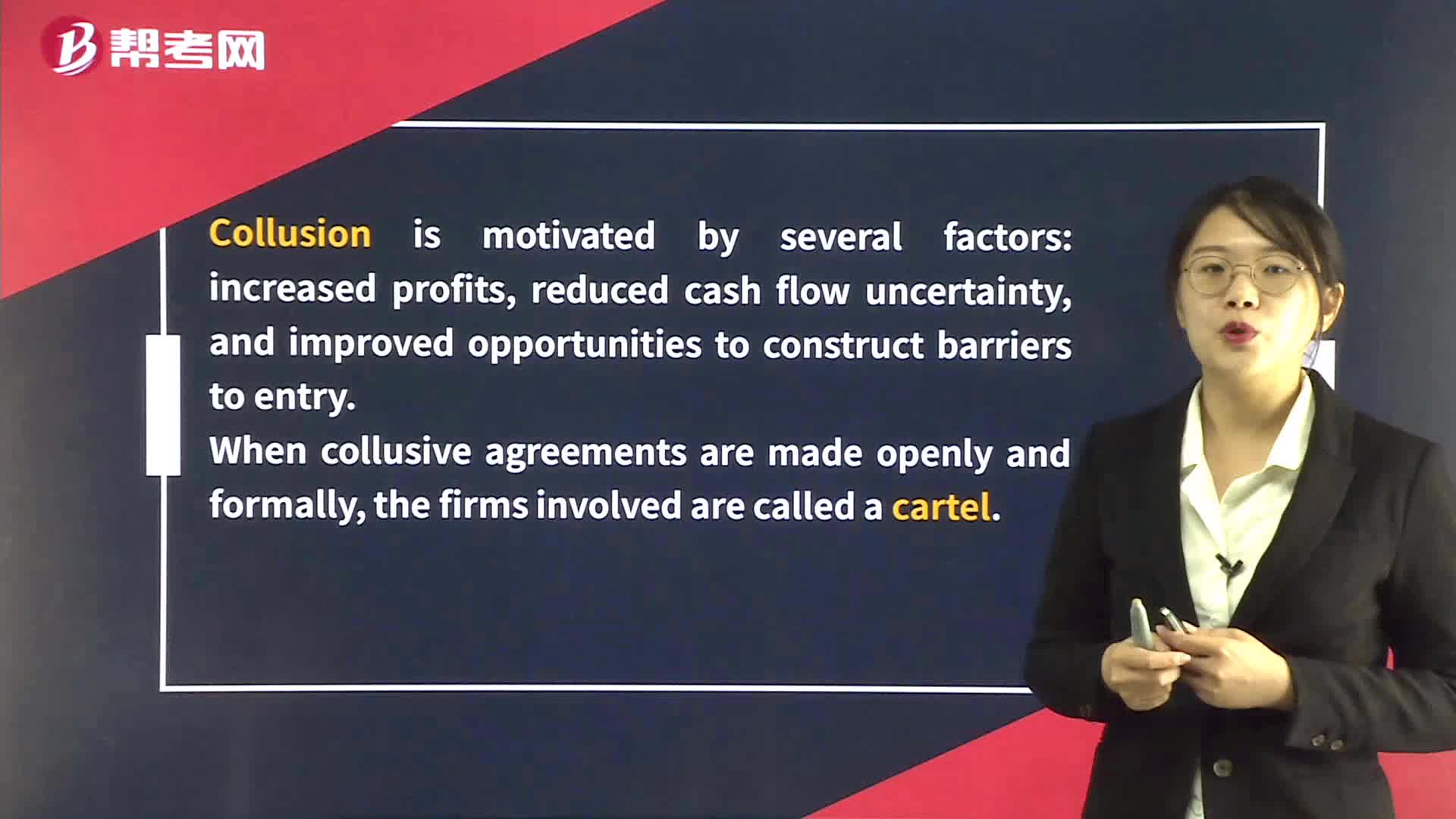 03:23
03:23
Collusion in Oligopoly Market:reduced cash flow uncertainty:frequency.competition.collusion.
 10:40
10:40
What members and candidates should notice in CFA examinations?:or security of the CFA examinations.(不能恶心CFA),考试不能作弊:考试内容要保密:A. No.:Responsibilities as a CFA Institute Member.right④Case
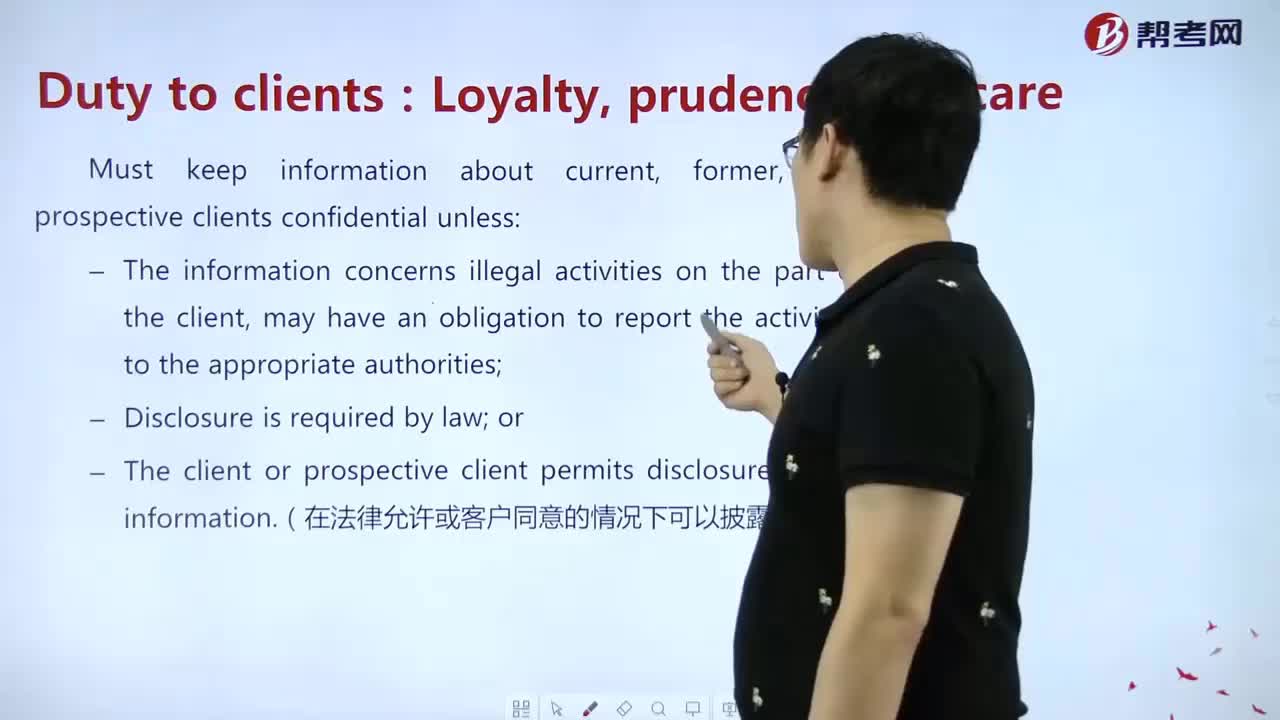 05:14
05:14
How to understand loyalty, prudence and care in duty to clients?:The client or prospective client permits disclosure of the information.(在法律允许或客户同意的情况下可以披露),members and candidates must comply with the law.(在某些情况下法律要求。
 09:05
09:05
In what ways does fair dealing manifest itself?:by e‐mail or telephone. (无需对客户完全一样),if not disadvantage or negatively affect other clients. Should be disclosed to clients andavailable to everyone should not be selective. (可以对客户进行分级,
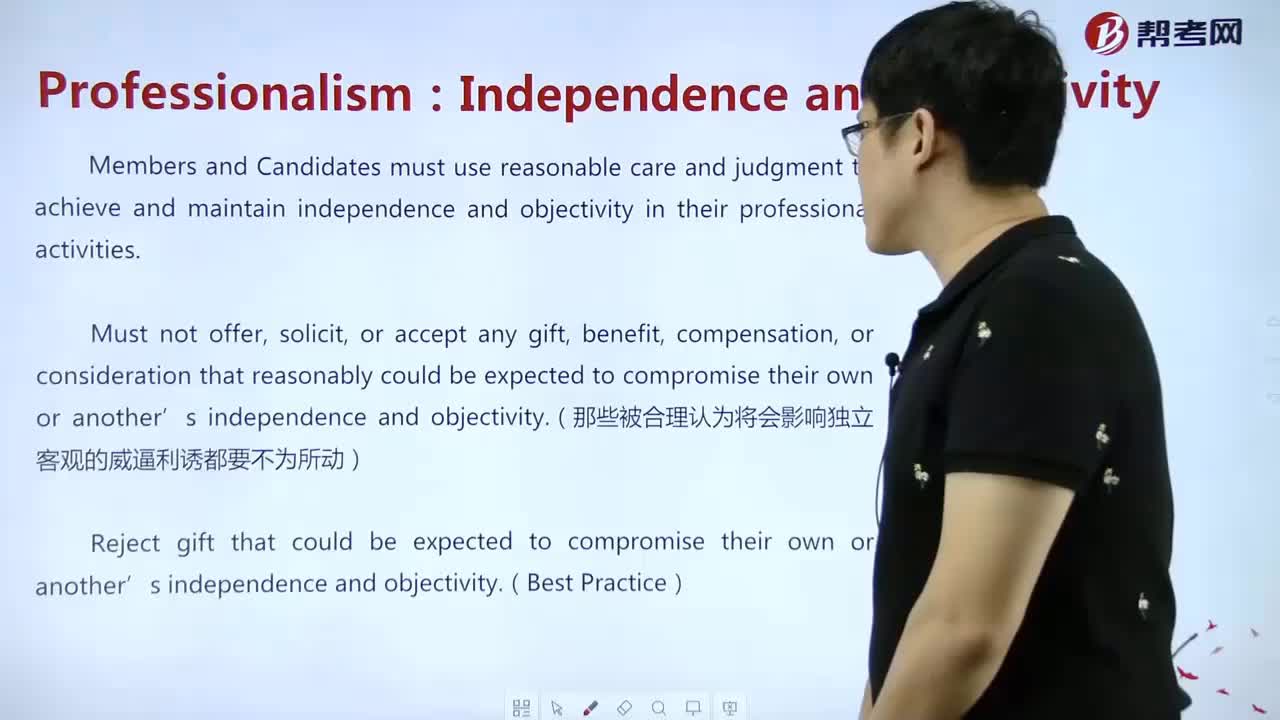 11:00
11:00
What's the meaning of independence and objectivity in professionalism?:or consideration that reasonably could be expected to compromise their own or another’s independence and objectivity.(那些被合理认为将会影响独立客观的威逼利诱都要不为所动),但在他人眼中会影响独立性也不行)可能的话事先披露给雇主告诉雇主是为了引起雇主的同意